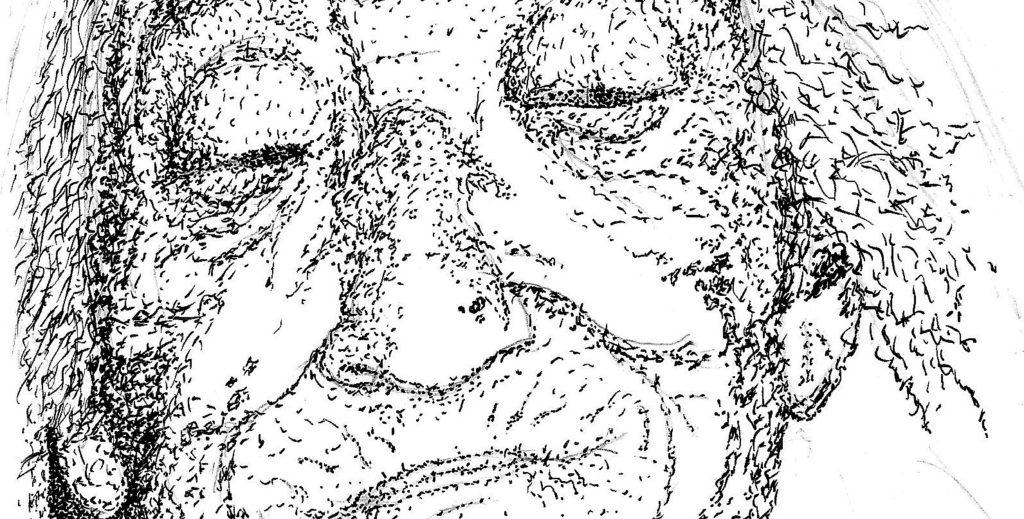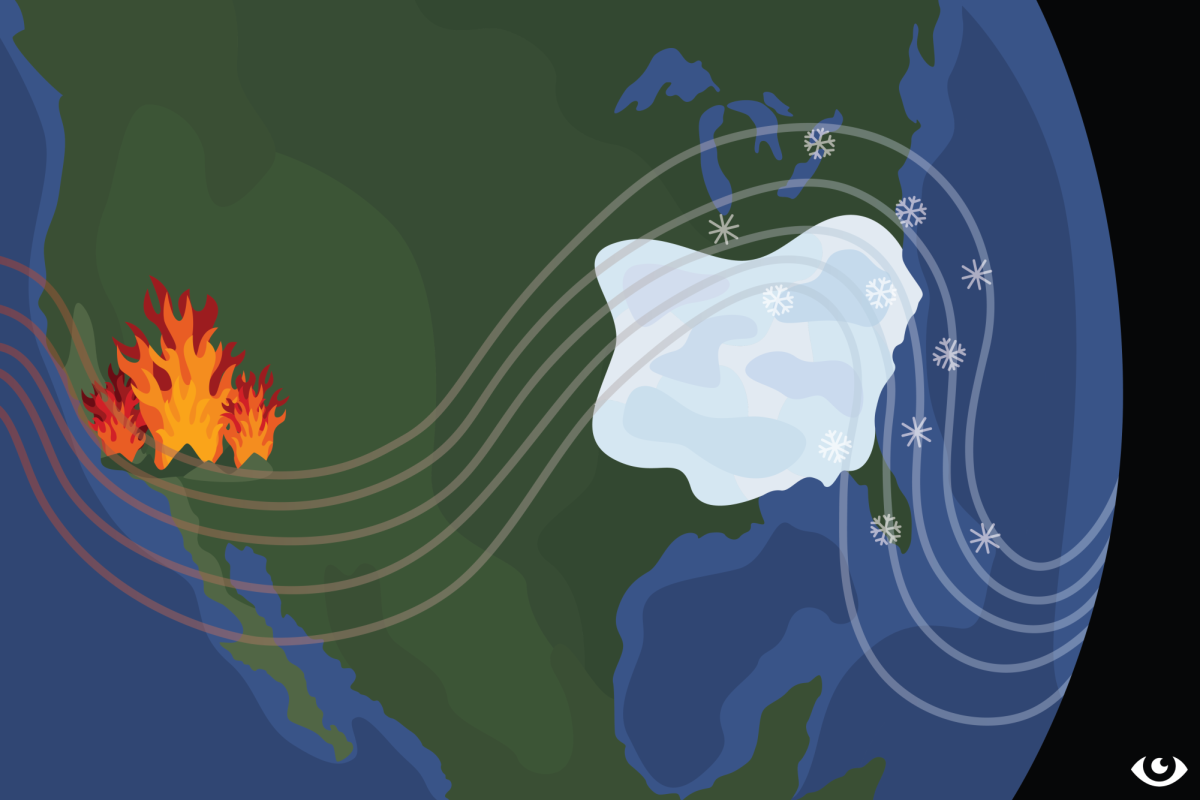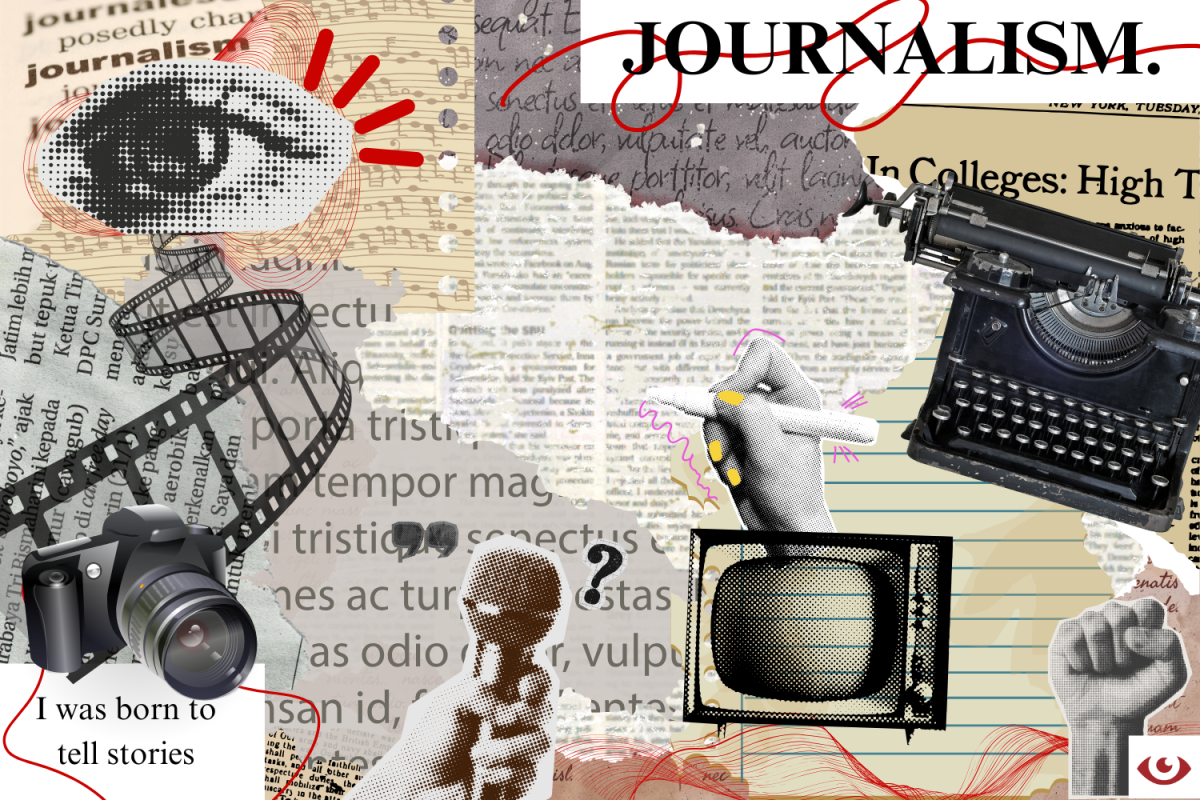“I’m just not good at art.”
That is what I thought freshman year of high school. I even circled “illustration” as my greatest weakness on my RedEye staff application.
But somewhere during the middle of sophomore year, something changed. I spent hours copying Mabel Pines, my favorite cartoon character and it started to look…decent? I was stunned.
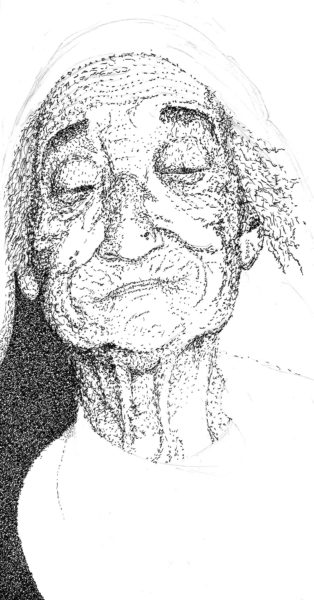
So I drew and drew and drew. I got faster. In my free time, I would watch videos on anatomy, color theory, everything. My style changed. I moved from pencils to Sharpies to copics and now to pen as I experiment with stippling.
Looking back, I realize that while creating my childish sketches in the beginning, I was still an artist.
I often hear the phrase “I can’t draw” or “I will never be able to draw like that” thrown around by my peers.
Charlotte Milliken (12, HSU), who has been drawing as long as she can remember, has heard this before.
“When people say ‘I could never draw something like that’ I honestly just think that they’ve kind of given up before they’ve started,” Milliken said. “It’s hard to be really good at art and it’s a lot of work but it seems like they’re afraid to make mistakes and maybe not willing to put in all that hard work.”
What I personally want to tell them is that art is not necessarily an innate talent; it is also a skill one develops. In order to become a true master of the craft, you have to spend far more time drawing than I have in my lifetime. But the point is to get better with every sketch along the way.
Here are some tips from an amateur artist for those who are not in VA and who think they cannot draw.
- Stop comparing yourself to others. “It can be hard not to,” Milliken said. “It doesn’t do anything for you except make you feel bad.” Comparing my work to professional artists is an issue I still face to this day. If you focus on other’s talent, you will never succeed in any artwork you make because any work is a stepping stone, and your stepping stone will never be as good as her stepping stone. For her, she has her own envies. As the phrase goes, “the grass is always greener.”
- Pick up a pen. Or really any other medium of visual art works as well. The point is to get practicing. You will never become a great artist if you never start. “The best way to start is just to do it honestly,” Milliken said. “Practice every day for like 5 minutes.”
- Use references. The picture in your head is not as detailed as you think it is. Your mind takes shortcuts. Until you get the hang of it, try to use real references as much as possible. Your art becomes more realistic with a reference, and if your work is intentionally stylistic, it becomes much more dynamic and lively. References are worth it; even the pros use them. “Look at other artists’ work to be inspired by techniques or subjects,” Milliken said. But it is important to remember that the best reference will always be in the real world.
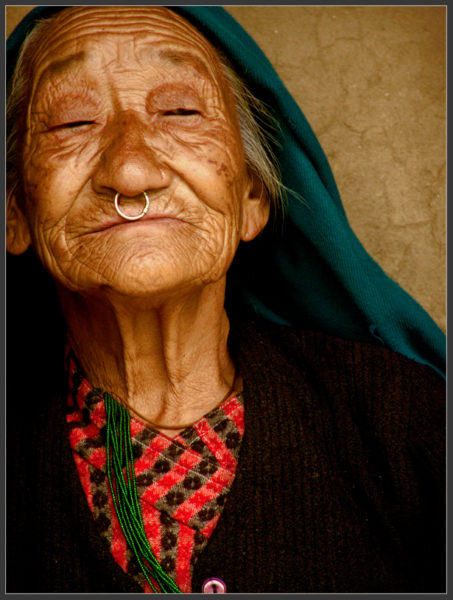
Phoebe Monsour used this image as a reference for her drawing. “Beautiful old lady from Darap(Sikkim) village” by Sukanto Debnath on Flickr is licensed under CC BY 2.0. No changes were made to the original image. Use of the image does not indicate photographer endorsement of the article. For the full license, click here. - Study anatomy. If you are not drawing people or creatures, this is not as necessary. But in order to draw a human with the correct proportions, or, at least, proportions that look decent, it is important to study the human form. This is similar to use references, but it also means that you must understand what a reference cannot necessarily show you. This includes body ratios, bone placement, common fat deposits, muscles and more.
- Accept criticism. As a part of getting better, listening to what others have to say about your work can be very useful. While not all criticism is well crafted, hearing the opinions of both experienced artists and laymen will help give you a feel for where you can improve.
- Fail. While it does seem a bit cliché, you can never become better if you never fail. “Look at your old work and see where you need to improve,” Milliken said. Be proud of that experimental portrait where the eyes are too big or your first charcoal sketch that looks like a blob of black. Noticing these mistakes is what helps you to realize what you can do better.
Now stop saying you cannot draw. This is false. You can draw. You just haven’t done it yet.



